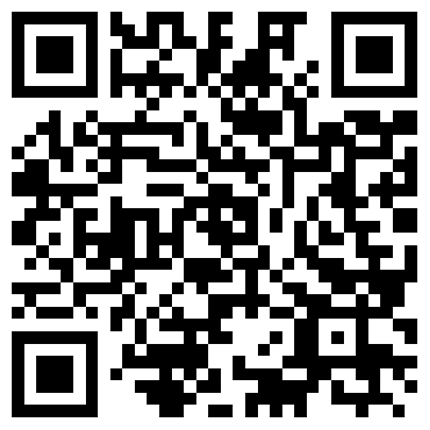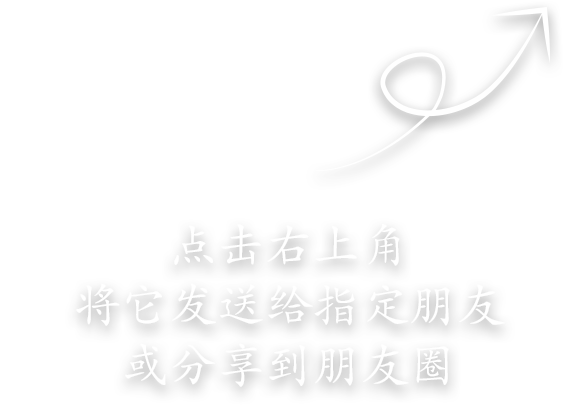-
Mobile Version
Scan with Mobile
- Member Center
Screen printing is the process of transferring a stenciled design onto a flat surface using a mesh screen, ink and a squeegee. Fabric and paper are the most commonly screen-printed surfaces, but with specialized inks it’s also possible to print onto wood, metal, plastic, and even glass. The basic method involves creating a stencil on a fine mesh screen, and then pushing ink (or paint, in the case of artwork and posters) through to create an imprint of your design on the surface beneath.
Product advantages:
Complete printing processes (offset printing, UV offset printing, flexo printing, screen printing, capable of combining multiple processes)
Wide range of paper varieties (coated paper, wood pulp black paper, super pressure black paper, aluminum foil paper, high toughness paper, etc.)
Comprehensive range of paper thicknesses (coated paper 60-80 gsm, black paper 45-55 gsm, aluminum foil paper 70-80 gsm, high toughness paper 60-80 gsm)
Strong research and development capabilities (currently holding 23 patents, including 4 invention patents)
Product stability (each position in design, plate-making, printing, and die-cutting has mutual inspections, detailed production records for each order, products must pass specialized inspections before leaving the factory)




